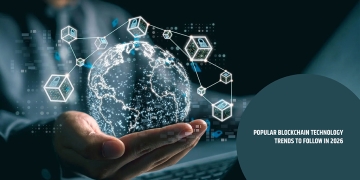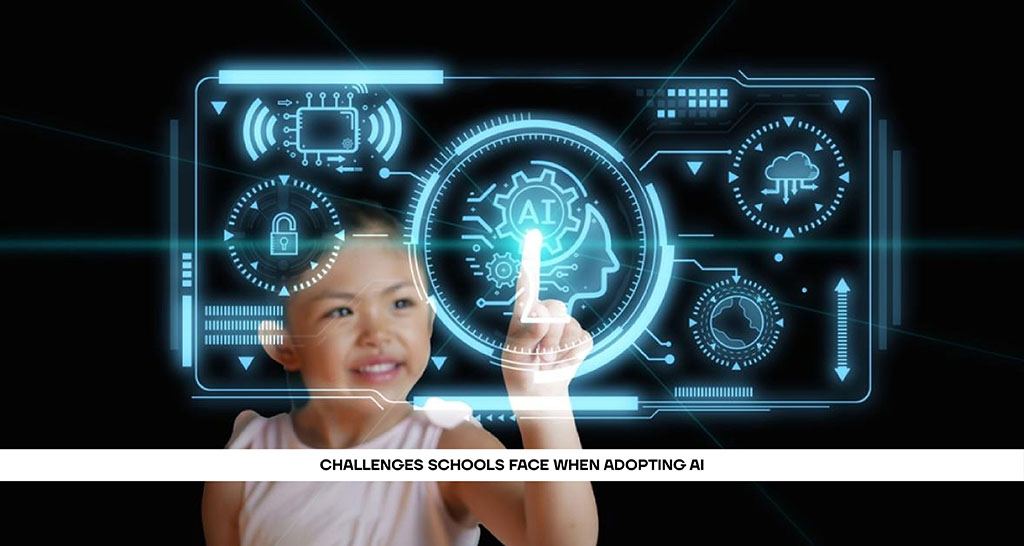AI is quickly changing the way schools work by giving teachers tools to customise lessons, grade papers automatically, and help with administrative tasks. But even though AI in schools sounds great, schools will have to deal with a lot of problems before they can use it.
Cost and infrastructure are two of the biggest problems. A lot of schools, especially those in rural or poor locations, do not have the fundamental technology they need to use AI tools, such a dependable internet connection, up-to-date hardware, and modern software systems. For schools with tight budgets, the upfront costs of AI platforms, training programs, and ongoing maintenance can be too high.
Another big problem is that teachers are not getting enough training and aren’t good with technology. Teachers often do not know much about new AI technologies or don’t feel comfortable using them. If they don’t have the right training, they might not know how to use these tools well. Some people are also against it because they are afraid of being replaced or because they think AI can’t do the human parts of teaching. For AI to really help education, teachers need to be given more power and skills, not pushed to the side.
There are also big problems with data privacy and ethics. AI systems need a lot of student data to work well. This makes people worry about how data is stored, who can get to it, and how it can be utilised. Schools could break students’ privacy and face legal action if they don’t have clear rules and strong security measures in place.
Also, algorithmic prejudice is becoming more of a problem. The data that AI systems are trained on is what makes them fair. AI can make problems worse if the training data is biassed. For example, it might wrongly judge students’ talents depending on their socioeconomic or cultural origins. It is important but not always a top priority to make sure that AI systems are open, fair, and constantly checked.
Lastly, there’s the problem of fairness and access. If only well-funded schools use AI, it might make the digital gap bigger, making it harder for children in underprivileged areas to use innovative learning technologies.
In short, AI has many benefits for education, but to make it work, it needs careful planning, enough money, teacher assistance, and strong ethical oversight. Schools need to make privacy, training, and inclusivity their top priorities if they want AI to be a tool for improving learning instead of making things more difficult or unfair.






